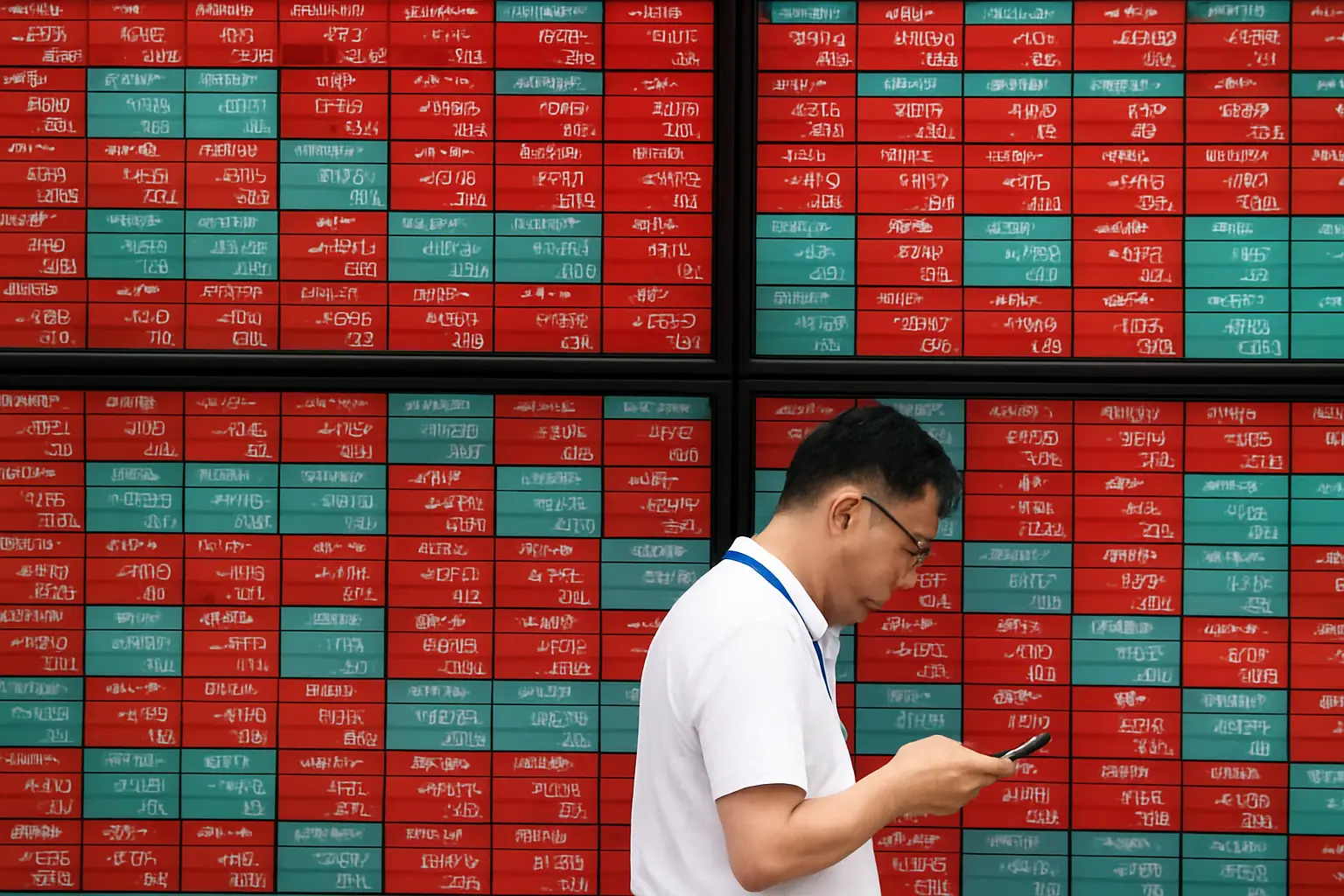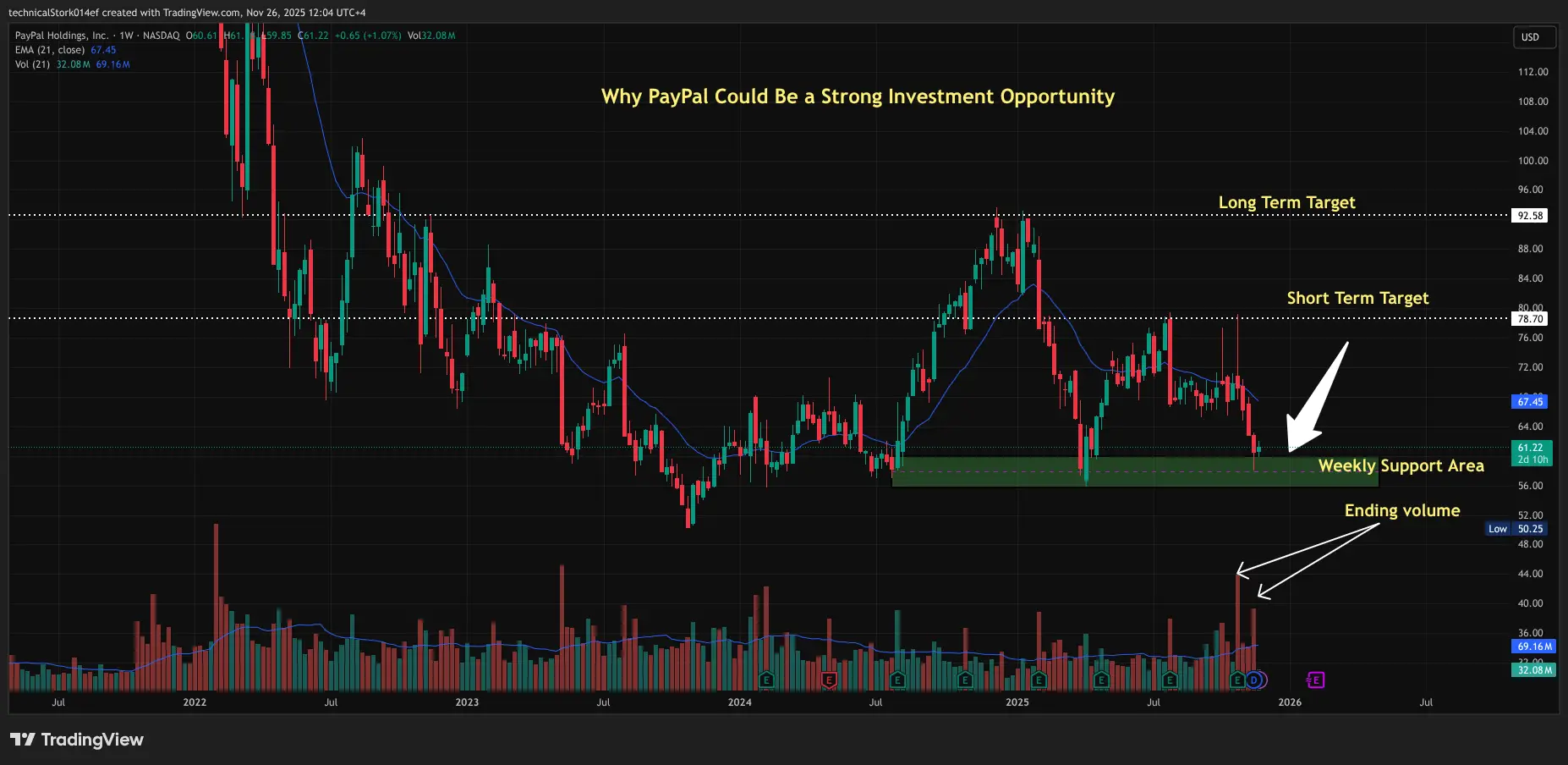Asia stocks fall as Japan’s GDP weakens and Nvidia worries grow

Published on November 17, 2025

Published on November 17, 2025
Asian equity markets slipped on Monday, with Japan leading the decline after new data confirmed the economy contracted sharply in the third quarter—though not as severely as economists had expected. Sentiment across the region was also subdued ahead of Nvidia’s earnings this week.
Investors continued dialing back expectations for a potential rate cut by the U.S. Federal Reserve in December, keeping risk appetite muted. U.S. stocks had a volatile run last week, with tech shares seeing broad pullbacks. Still, futures were positive in Asian trading: S&P 500 futures advanced 0.4%, while Nasdaq 100 futures climbed up to 0.7%.
Japan’s Nikkei 225 and TOPIX both slipped 0.6% after GDP figures showed the country posted its worst quarterly decline since mid-2024. Even so, analysts at Capital Economics said persistent inflation and resilient underlying growth continued to support expectations for a possible rate hike in January.
Chinese and Japanese shares also weakened as diplomatic friction between Tokyo and Beijing intensified.
China’s CSI 300 dipped 0.7%, the Shanghai Composite fell 0.6%, and Hong Kong’s Hang Seng lost 0.5%.
Over the weekend, China advised its citizens to avoid travel to Japan following a deterioration in relations tied to remarks from Japanese Prime Minister Sanae Takaichi. She warned that an attack on Taiwan could create a “survival-threatening” scenario for Japan—comments that prompted a strong backlash from Beijing. Tourism-related stocks in Japan fell sharply as a result.
Regional markets mostly drifted lower ahead of Nvidia’s earnings, with investors looking for signs the AI giant can justify its towering US$5 trillion valuation. Previous worries about overheated tech valuations had already dragged Asian shares lower through late October and early November.
SoftBank revealed it had sold its Nvidia stake, while Michael Burry disclosed a short position and filings showed Peter Thiel exited nearly US$100 million worth of Nvidia stock—intensifying caution.
South Korea’s KOSPI, which had been hit hard during this tech selloff, rebounded 1.7% on Monday. Data showed exports continued to rise in October while imports weakened. Chipmakers SK Hynix and Samsung Electronics led the gains after reports indicated sharp reductions in semiconductor inventories, pointing to strong demand and potentially higher global chip prices. Samsung also gained after announcing new domestic chip-facility investments.
Elsewhere in Asia, Australia’s ASX 200 slipped 0.3%, Singapore’s Straits Times Index eased 0.1%, and India’s Nifty 50 added 0.3% as it approached the 26,000 level.
Japan’s GDP contraction of 1.8% between July and September was smaller than expectations for a 2.5% drop. The decline was primarily driven by weak consumer spending and falling exports, the latter hurt by higher U.S. tariffs. Strong capital expenditure offered some cushion. The softer-than-expected GDP reading reduced the likelihood of a December rate hike by the Bank of Japan, helping limit stock market losses.

TECHNICAL REASONS 1. Price Sitting on a Major Long-Term Support Zone ($60–$62) Your chart shows PYPL retestin...

The Dow Jones Industrial Average closed higher on Tuesday, extending its recent winning streak as investors weighed t...

Gold climbed toward $4,150 per ounce on Wednesday, nearing a two-week high after delayed U.S. economic data boosted e...